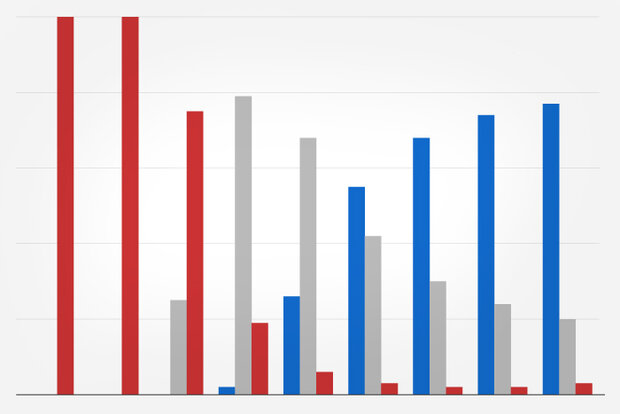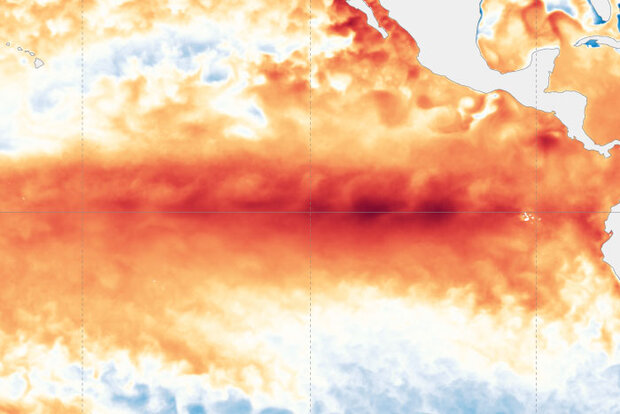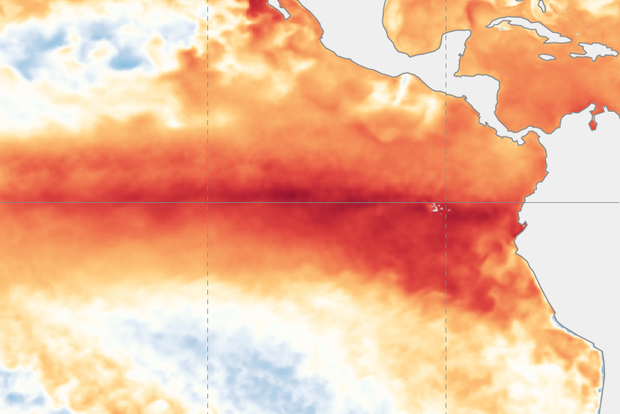ENSO Blog
On a brisk early February morning, all of us El Niño-Southern Oscillation (ENSO) forecasters emerged from our burrows and saw our shadows. That can mean only one thing: conditions are favorable for the development of La Niña within the next six months. Yes, the February ENSO Outlook officially announces that we are in a La Niña Watch, even while, at the current moment, the Pacific Ocean remains in an El Niño (this is simultaneous to the ongoing El Niño Advisory—here is an explainer to help sort it out). The outlook gives a 79% chance that El Niño will transition to ENSO-Neutral by the April–June period, and then a 55% chance the Pacific transitions into La Niña in June–August. Confused? I’ll…
Read article
Find your favorites! Here's an index of ENSO blog posts grouped a bit differently than what you get from the Climate.gov search function or what a simple listing page produces. The categories are simply the main ways that the ENSO blogging team tends to remember and talk about previous posts. Please keep in mind that everything about this index list is manual, from remembering/finding articles to include to the alphabetization of the guest authors section. I will almost certainly have missed some posts or made other mistakes. If you see a problem, feel free to point it out in the comments. I update this page a few times per year, so it will eventually get corrected.
…
Read article
Happy New Year from the ENSO Blog! With the arrival of the new year and an ongoing strong El Niño, many folks are already asking us, why isn’t the current El Niño bringing the expected wetter/drier/warmer/cooler conditions over my house yet?!
First, we’ve already seen impacts consistent with El Niño across much of the globe and those impacts have been occurring for some time now. A quick look around the world indicates some very El Niño-like impacts over the past half year (footnote #1).
Second, we’re two-thirds through January as of this writing, which means we’re barely past the midway point in the December-February season. We’ve basically just entered the January-March seaso…
Read article
El Niño is very likely close to peak strength and is likely to continue for the next few months, while gradually weakening. Despite the expected weakening of El Niño’s tropical Pacific sea surface signature, impacts to global climate will continue for the next few months. Forecasters currently expect ENSO-neutral conditions (ENSO = El Niño/Southern Oscillation, the whole El Niño & La Niña system) by the April–June period. After that… you’ll have to read on to find out!
A bird in hand
Decades of observations have shown us that it’s typical for El Niño’s sea surface temperature anomaly (anomaly = difference from the long-term average) to peak around December or early January. In …
Read article
El Niño is zipping along in the tropical Pacific. There’s a 54% chance that this El Niño event will end up “historically strong” (more details below), potentially ranking in the top 5 on record. Looking ahead, it’s likely that El Niño will end and neutral conditions return by April–June.
Sail across the Pacific
El Niño is associated with specific changes to weather and climate around the world, and the stronger an El Niño, the more likely we are to see those impacts. Of course, nothing is ever guaranteed when it comes to our complex Earth system, and the unpredictable effect of chaos may interrupt the expected impacts. For an excellent, in-depth explanation of why a strong El Niño…
Read article



